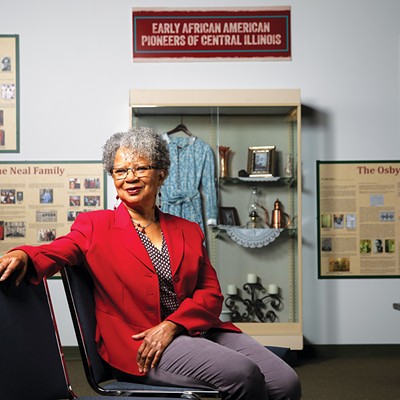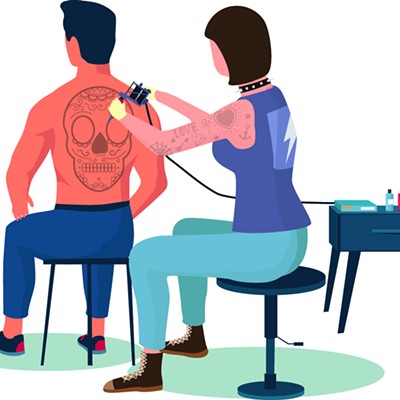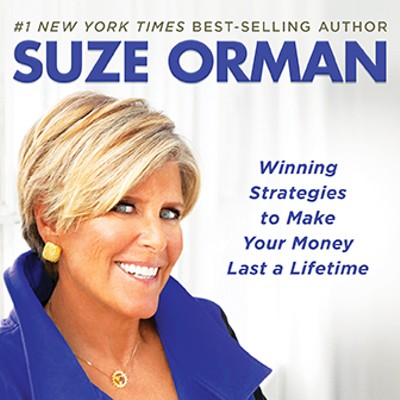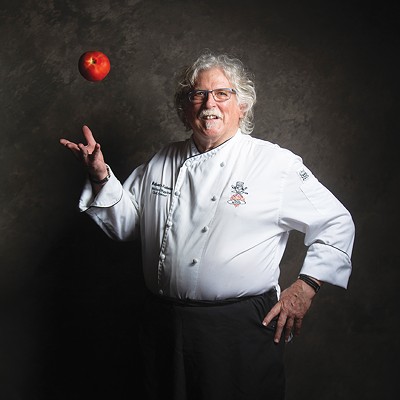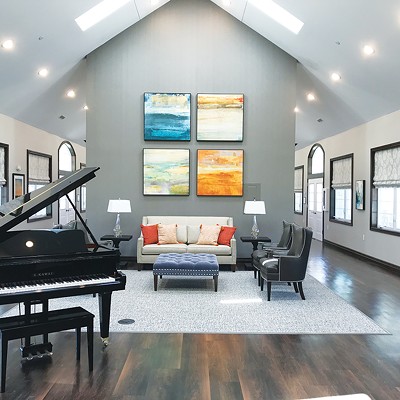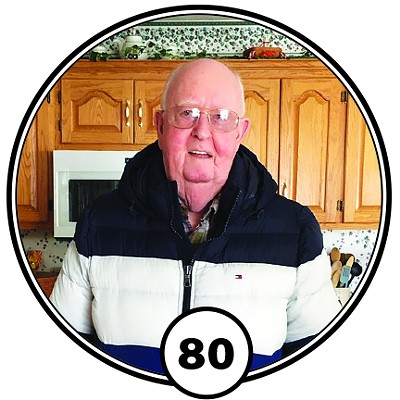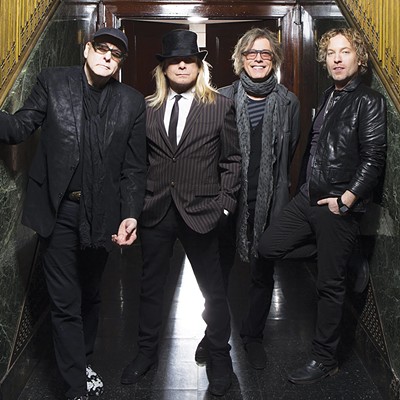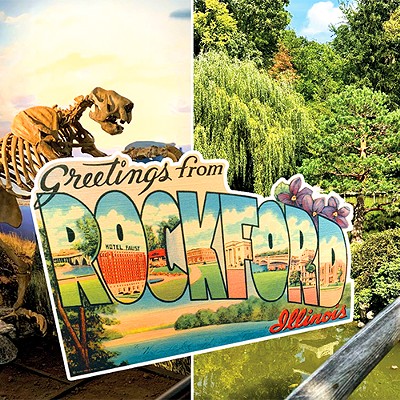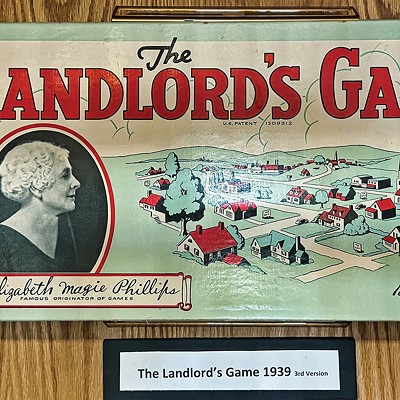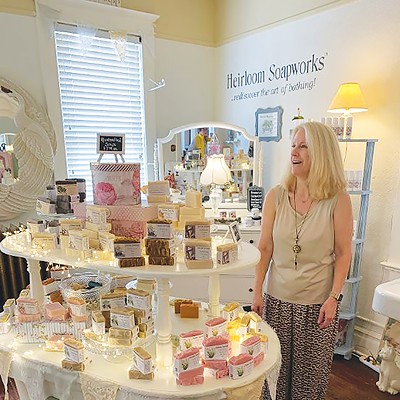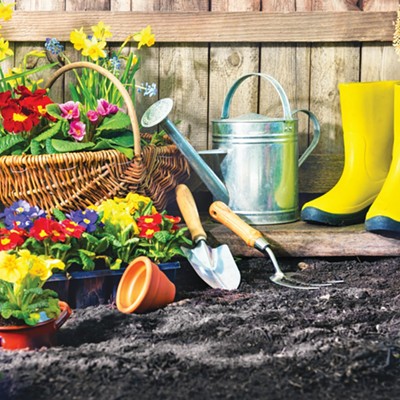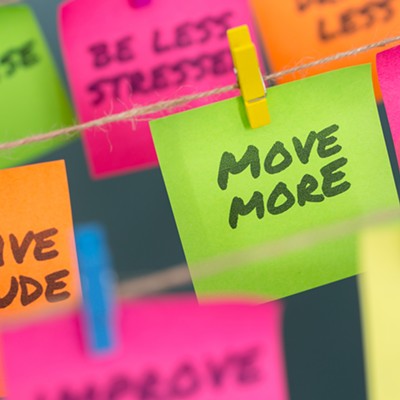Springfieldians Doug Mayol and Amy Haugh have spent part of their pandemic lives putting pieces together. Both are fans of jigsaw puzzles, which have spiked in popularity during stay-at-home orders this spring
Mayol says online and curbside sales of puzzles helped his downtown business, The Cardologist, stay afloat until he could open the doors May 29. While he normally sells one or two jigsaw puzzles a week outside of the Christmas season, he has sold several hundred and now has half of his shop's floor covered with boxes of puzzles.
"I had a decent inventory when this started and they sold out very quickly," Mayol said. "It just kept going and going."
Haugh's family worked for hours on jigsaw puzzles after looking for activities she and her teenagers could enjoy together during the COVID-19 epidemic.
They are not alone, if the wait for online orders from Amazon, Bas Bleu and other puzzle sellers are any indication. Many designs sell out quickly and others take weeks to arrive. Mayol said some of his suppliers can't deliver until July so he has tapped new ones to satisfy customers itching to escape into jigsaw puzzle world.
That itch may have started in 1767 when engraver and mapmaker John Spillsbury made the first puzzles. He pasted maps on wood and cut them into small pieces, according to Puzzle Warehouse, which claims to be the world's largest jigsaw puzzle store. While early puzzles aimed to teach geography to children, ones for adults emerged in the early 1900s, and the practice became a hobby.
In addition to fun for families, singles and friends, working a jigsaw puzzle is said to lower stress and anxiety, increase patience, boost problem-solving skills, and improve concentration, memory and logical reasoning.
Mayol said a whole category with larger pieces but non-juvenile content appeals to seniors, who may have eyesight and dexterity issues. Other products have large, medium and small pieces so groups of different ages can work together.
He thinks many families embraced jigsaw puzzles to pass the time and have a nice diversion from the pandemic. "It's not so much about a game or puzzle but about the socialization."
Haugh said her family put in extra time on a 5,000-piece scene of national park badges, which visitors often collect at the parks. She initially thought she might get to return to her teaching job in April and wanted to finish the puzzle before that. They currently are tackling a 2,000-piece puzzle, and "it is going much slower now that I know I have all summer to get it done," she said.
Many of Mayol's customers prefer 1,000-piece puzzles but some serious puzzlers go for 1,500 and 2,000 pieces, especially of geometric designs. Other popular choices are birds, maps, faraway places and 64-piece puzzles for children. Prices range from $8.95 to $22.95 with most in the $15-$20 category.
While Haugh has bought some puzzles, she also has traded with friends. Other puzzlers say they have found some at secondhand stores but worry about missing pieces, which can frustrate even the most patient puzzlers.
Haugh's family likes to do the edges first and group pieces by colors and shapes. Puzzle Warehouse offers other strategies for success, including choosing a workspace with enough room for the finished puzzle and all of its pieces, setting aside special shapes and working on small sections at a time. A lighted magnifying glass can help too.
Most of all, puzzlers should have fun, something Mayol said he has had selling puzzles during the pandemic. "I wish I had time to do a puzzle myself," he added.
Mary Bohlen, a Springfield writer, enjoys diversions and excursions and writing about them. She and her husband are working on their sixth jigsaw puzzle so far this spring.



